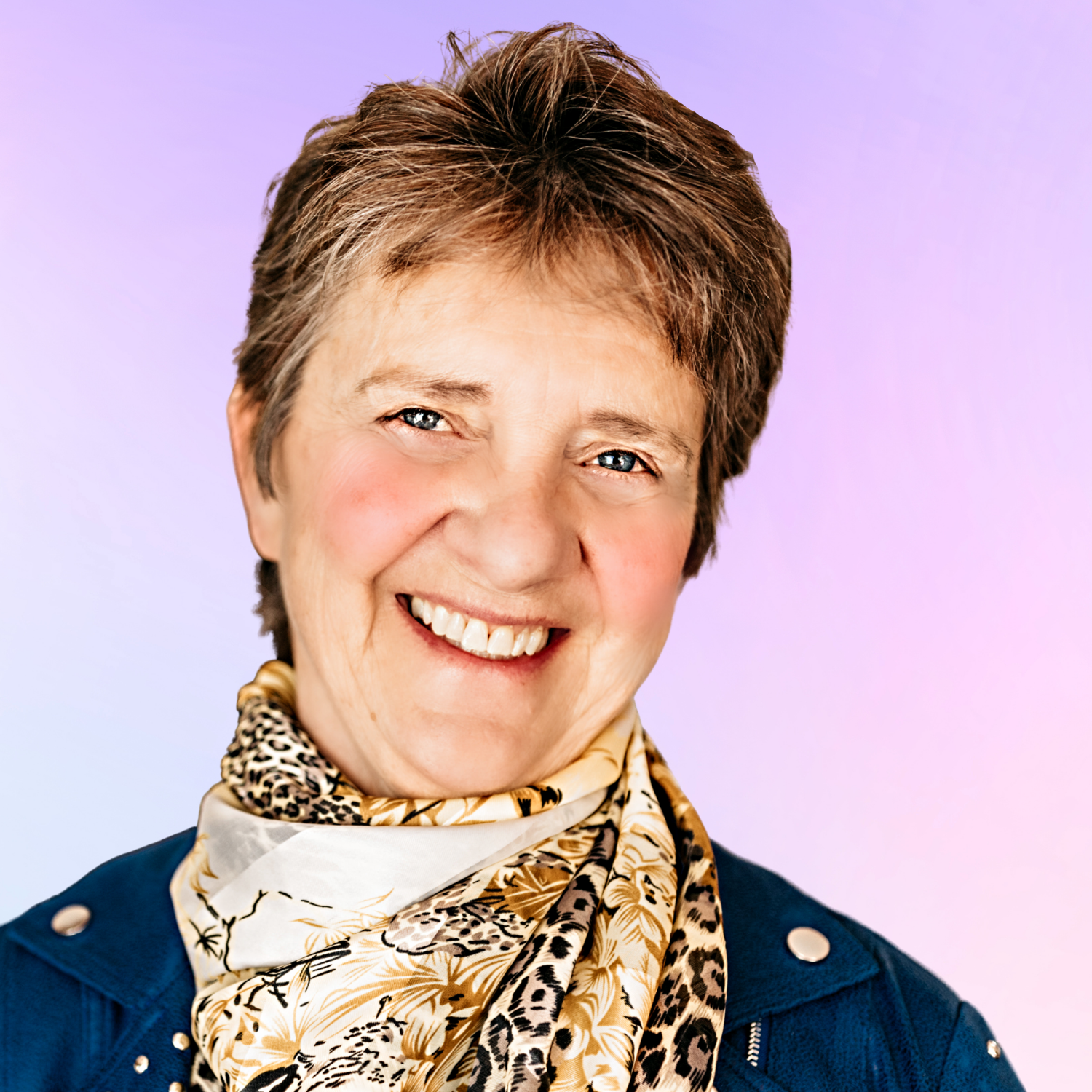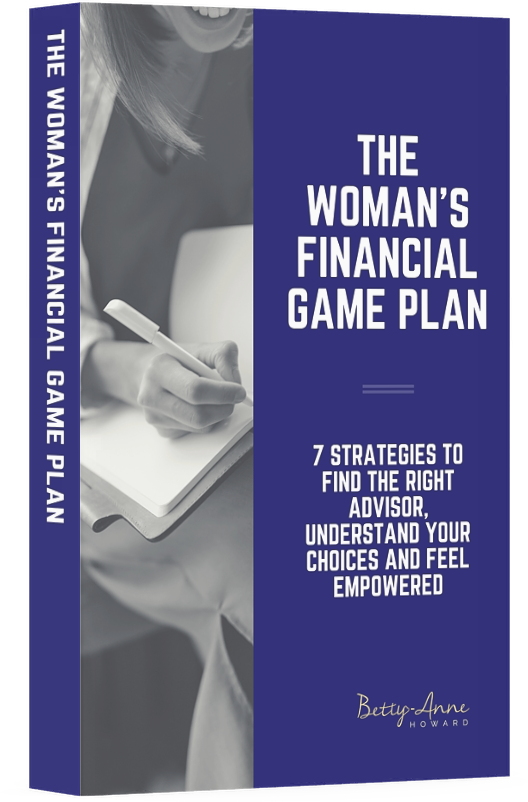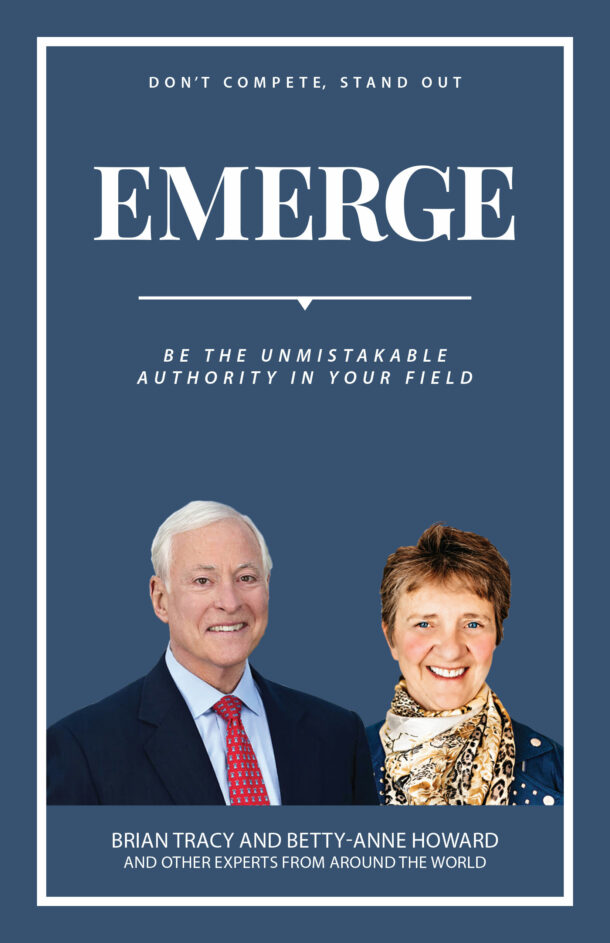
Estate Planning is a critical component of your Financial Plan. All the pieces of the puzzle need to fit together, creating a picture that makes sense and gives you clear, concise information about how each piece works together. Not only that, but we also want to structure your estate in a way that will benefit you, your family, and your favorite charity.
What is Estate Planning?
Your estate is made up of your assets, including your home, your cottage, your investment accounts, and your other valuables. Still, it can be further divided into many more elements, including wills and powers of attorney, legacy discussion, charitable donation planning, tax-efficient transfer of your wealth, and how best to “protect” your wealth to maximize your estate value. Protecting your wealth usually focuses on tax planning, using tax strategies to minimize paying income taxes both now and at your death.
Our job is to ensure we have all the pieces of the puzzle and to be sure you understand how each piece fits together with as much clarity as possible, including how to restructure or change some of the puzzle pieces to achieve your goals.
Estate Planning and Charitable Giving

When it comes to goals, most people want to pay as little tax as possible at their deaths and therefore maximize the amount that will get paid out to their families. This takes us to one very big and misunderstood fallacy. This erroneous belief you have to choose between your family and supporting your favorite charity, which couldn’t be farther from the actual truth.
The reality is that there are many different ways you can do both. As a result of integrating some plans for charitable gifts, you might even enhance or increase the benefits to your family by saving money in taxes and via the charitable tax receipt.
Beginning Your Estate Planning
Where do we begin with Estate Planning, or as we prefer to see it, Estate, Tax and Legacy Planning? Our process involves all 3 strategies because one without the other is like water without air or planning a meal without food.
We start by asking you to answer a few Appreciative Inquiry (AI) questions that give us a sense of what’s important to you. These questions uncover what you’re looking for in terms of outcomes/impact, what you feel good about, and the strengths you are aware of that we can access throughout the planning process.
Here are some of the critical puzzle pieces we look at in our Estate, Tax, and Legacy Planning process:
What You Own and What You Owe

What you own and what you owe, in financial jargon, is your Net Worth. So first, we need to know what you own and what you owe. This includes, under the category of what you own: a home (is this your principal residence?), a second property (a cottage perhaps or a rental property), investment accounts like an RRSP/RRIF, a TFSA, or an Open or Non-Registered Account.
We need these details because each type of “asset” (what you own) is treated differently when you die from a tax point of view. Thus, with the information you provide us, we calculate what your “estate tax” bill will be after categorizing each type of asset you own.
This calculation is essential, especially for cottages and non-registered investment accounts, and it’s what we call the Adjusted Cost Base (ACB). Why is it so important? Because it’s the difference between the current value, called Fair Market Value (FMV), and the ACB that gets taxed. Given the type of assets these are, the tax rate is 50%. What that means is only 50% of the gain in value will be taxed, which, of course, means that 50% is tax-free! Yeah!
Part of your tax liability will also include paying off your debts (what you owe), and that too is integrated into our Estate Tax Liability Calculation.
Charitable Gifting Options/Tax Planning Considerations

As you can see, step 1 above is relatively straightforward; however, now the exciting planning options become extremely important as we are pulling together all the information to propose strategies to help you give more to your family while paying less in taxes AND supporting your favorite charity or charities.
We believe in the absolute importance of asking these questions: “How do you want to be remembered?” and, “Who and what has made a difference in your life, what impact did they have on your life, and how you would like to honor them?”
Most of us have specific charities we like to support throughout our lifetime. For some, they are causes related to the preservation and protection of our wildlife or the environment; perhaps it’s cancer-related causes, the arts, and so many more. We believe in considering extending your love for these causes beyond your lifetime. As for me, I want my family and those who come after me never to forget the importance of giving back to our communities. I want to help them understand why that mattered to me by being a good role model.
There are so many different ways to combine charitable gifts as part of your overall estate plan. Charitable gifts can help you achieve many different goals including reducing your estate tax bill while leaving more to your family, AND leaving a lasting impact on the causes that matter to you. Imagine the possibilities!
Enhanced Life Fulfillment Through Philanthropy
It’s important to have this meaningful conversation with your Financial Planner and discuss your options. Unfortunately, in most cases, we find that given the absence of well-trained financial professionals in philanthropic planning, these kinds of discussions don’t occur. But opening the windows and doors to this conversation provides so many additional benefits that it’s well worth the time it takes.
If you would like to learn more about charitable giving and philanthropy, I invite you to download this chapter from my book:
Download a FREE copy of “Enhanced Life Fulfillment Through Philanthropy” – A chapter from my recently published book, EMERGE. Enjoy your free chapter!
The chapter covers some of the other elements of our step-by-step process, outlining the how-to of philanthropic planning. I particularly like the information contained within this chapter because it focuses on the topic in ways that rarely happen with other Financial Planners. These methods can help create and implement your vision for the future, creating a world we can all be proud of.
Wills and Powers of Attorney
When they think about estate planning, many people believe that having their will(s) in place along with Powers of Attorney is the entire estate plan. As we can see from the above points, there are many different aspects to your Estate Planning, but Wills and Powers of Attorney (Financial and Health) are two essential components of your estate plan. It’s critically important that the beneficiary designations you have in place for your registered investments, for example, correspond with your wishes in your will while factoring in the estate tax considerations mentioned earlier.
An Estate Planning Story

Let me provide you with an example that best illustrates these points. Let’s say you have three adult children (Jane, Joe, and Jennifer) and want your estate to be divided equally among all three. Let’s say you own RRSP’s/RRIFs valued at $500,000, a cottage valued at $500,000, and your home valued at, you guessed it, $500,000 – for ease of this illustration and the calculations. You decide that Jane will inherit the investments, Joe will get the cottage, and Jennifer will get the house – it’s all equally divided, right?
The important point is, you need to make sure that the $250,000 that will be owed in income taxes on each of your RRSPs and the cottage, totaling $500,000, is available within your estate to provide the liquidity to pay these taxes.
This calculation and how best to address your estate tax liability needs to be made based on how different assets are taxed. These tax considerations must be factored into how you intend to distribute your estate, or problems can arise. Here’s what can happen.
Jane and Joe, who inherited the RRSPs and the cottage, may be pressured by Jennifer, who inherited your family home (and has already moved in with her partner and kids), to sell either the RRSPs or the cottage for the taxes owing on these assets. Leaving this type of situation for your adult kids to sort out is not a good idea, especially when there are many ways to address this issue that you can consider, including the pros and cons of various options open to you.
As I mentioned earlier, different assets are taxed differently at your death. You need to have the liquidity (cash) inside your estate to take care of your tax bill, and this takes some advanced planning to pay. Suppose you just leave it up to the kids; you’ve left Jennifer quite happy as she’s inherited your home where there are no income taxes owing, but Jane and Joe may have to give up half of their inheritance to pay the tax bill. This clearly leaves your initial and most important goal and intention to distribute your estate equally in jeopardy.
What’s The Solution?
Simple solutions could include having everything go into your estate, selling everything, or having your estate pay the taxes and then paying out the money left equally among your three kids.
However, this is rarely the most preferred option for families, even though it is often the default – sad to say, given the problems this creates for your family. Keeping the cottage with all its memories and family history and the family home can be emotional decisions. Given my experience as a psychotherapist, before coming into the Financial Planning business, I was trained to recognize that whenever there’s a death in the family, it’s like putting a magnifying glass up to all the ways in which individual family members cope.
Any family history, conflicts and hurt feelings, resentment, anger and frustrations come flying up to the surface, and all hell can break loose. I’m sure you understand my point that tax and estate planning can work wonders for your family and help to keep the peace. We’ve certainly seen and heard of entire estates being whittled away by family disagreements and worse, long-standing family feuds and divisions that are unnecessary and costly without some forward-thinking and planning.
Discussing Your Will and Powers of Attorney

Of course, a discussion about your Will and Powers of Attorney is a must! Asking, recording, and therefore determining when the last time you updated your will is a good starting point. If it was more than five years ago, or when your kids were little, and now they are adults, or when you were married to someone other than your current partner/spouse, it’s crucial to get this updated.
The best way to start updating your will is to create, develop and write down your estate plan, your intentions. This will ultimately clarify your wishes of how you’d like to have your estate distributed, which will save you significant time and therefore, money, especially if you’ve completed this plan in advance with a Financial Planner who has expertise in this area and in philanthropy planning.
Assigning Powers of Attorney
The tendency for parents to assign their adult kids their Powers of Attorney needs to be looked at much closer. Ensuring that your Power of Attorney for your finances goes to someone who is stodgy and conservative is a good starting place. You don’t want someone who has no money sense to be managing your money if and when you are incapacitated and can’t make those decisions yourself.
We like to have what you’d like to have happen on file, if and when you’d need to use your Powers of Attorney. This helps spouses as well and provides some peace of mind during the upheaval, knowing that these decisions to sell property or investments have been made based on previous discussions.
These are not easy conversations to have; however, they are imperative. Similar discussions need to take place about your health that would assist your POA in making these critical decisions about your care and end-of-life decisions.
I know my mother made it clear to us that after cancer spread through her body and there was no hope for recovery, she wanted no life-saving measures taken, none at all. Even though that was a tough decision for us to make, it certainly helped to know these were her stated wishes.
Understanding Probate

What is probate? Probate is the process through which the court certifies that your executor has the right to administer your estate. The process is initiated by your executor, who takes charge of your property after your death and makes a full inventory of all the assets of your estate. The court levies a fee or cost associated with the assets that form part of your will.
In Ontario, probate fees are $5 for every $1,000 of assets up to $50,000, and $15 on every $1,000 of assets over $50,000, which can certainly add up to be a significant cost to your estate. Fees vary for each province.
Some people try to do everything they can to have their assets bypass probate so these fees don’t or won’t apply and that can cause some significant issues for your estate! This is why reviewing beneficiary designations while factoring in income tax considerations on all of your assets (thereby bypassing probate), and determining your main goals is an important part of your estate plan.
I encourage you to be careful if and when you focus solely on avoiding probate to save money by having assets bypass your will and, therefore, not be “probated.”
In some cases it’s a good idea to name beneficiaries for your life insurance, your RRSP’s/RRIFs, and a Successor Owner for your TFSA. However, as I stated earlier, by focusing solely on bypassing probate you may have created a quagmire for your estate and therefore your Executor.
Generally speaking, if you have a spouse and the plan is for everything to go to the surviving spouse in the event of either of your deaths, then naming them the beneficiary of your RRSP’s/RRIF’s/LIRA and your life insurance makes total sense, as well as naming them the Successor Owner of your TFSA. In this situation, bypassing probate is a good thing to do and very straightforward.
However, if you don’t have a surviving spouse or if something were to happen at the same time to both you and your spouse you’ll need to be careful when it comes to naming contingent beneficiaries. For example, when we think about our Estate Planning Story and the implications for Jane, Joe, and Jennifer above, we run into the tax liability associated with the different properties/assets.
Estate Planning Considerations
The #1 consideration you must think about in your Estate Planning is that you have the liquidity inside your estate to pay the taxes owing at your death, because if not, you may be selling some assets you hadn’t intended to in order to pay the taxes, whereas if you’d done some advanced planning, that may not have happened. The second most important consideration is that these beneficiary designations correspond with your wishes, ultimately.
If you, for example, name your two adult children the beneficiaries of your RRSPs and you have no money other than your home which will need to be sold to pay those taxes, and the amount of debt you have exceeds the proceeds from the sale of your home, well then, you (or rather your estate) has a big problem.
It is always good to sit down with a Professional Financial Planner who specializes in Estate Planning and Philanthropy in order to figure all this out along with helping you to minimize taxes via charitable giving. If you are like most Canadians you believe that charities do a much better job of meeting the needs of our communities than the government, so why then would you leave money to the government when you could send it directly to your favorite charity while saving money in taxes and leaving a legacy further benefiting your family?
Summing It Up

Download a FREE copy of “Enhanced Life Fulfillment Through Philanthropy” – A chapter from my recently published book, EMERGE. Enjoy your free chapter!
As you can see, it is truly worth your time, effort, and resources to engage in the Estate Planning process. Not to mention the benefits for your family and your community. Putting together the pieces of the puzzle requires careful consideration, expertise, and a guiding hand from a professional who not only understands financial and legacy planning, but who also has a firm grasp of philanthropy planning and insurance solutions.
If you are like so many people who are uncertain where to go for these services we highly recommend finding a reputable Financial Planner who can engage with you in meaningful conversations about your desires, hopes, and dreams. A Financial Planner who can show you different strategies you can use to meet your goals in a way that is clear, concise, practical, and builds your confidence in making informed decisions about the future of your assets and your legacy.
__________________
Enjoyed this article? You might also enjoy:
Beginning Your Retirement Planning: Understanding The Key Pillars for Success
Understanding Cash Flow: Stewardship, Awareness, and An Embarrassing Story
Giving and Receiving an Inheritance: Our Guide To What Works and What Doesn’t
Download a FREE copy of “Enhanced Life Fulfillment Through Philanthropy” – A chapter from my recently published book, EMERGE. Enjoy your free chapter!






0 Comments